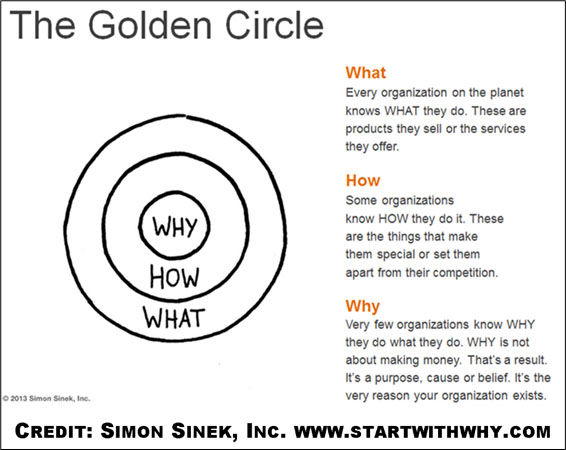By Dr Olga Kandinskaia
The Covid-19 pandemic has imposed unprecedented disruptions upon the operations of a majority of businesses worldwide. Of course, not everyone is cursing the virus: big online retailers, pharmaceuticals, social media giants, food delivery platforms, online video conferencing companies are flourishing like never before.
But for most businesses these are indeed very challenging, if not critical, times.
For almost a year now, the focus of business leaders has been all about business survival, yet as the pandemic unfolds, there has never been a more urgent need for companies to rethink and reconfigure their strategy in the new world of accelerating transformation of their customers’ needs.
While the pandemic came as a unique and unexpected external disruption, the strategic approaches of how businesses can cope with shocks are not new. In fact, in the list of 10 most downloaded case studies of Harvard Business School for 2020, at number 5 was the interview with the successful CEO of LEGO Jorgen Vig Knudstorp, who reflected on the company’s extraordinary business transformation more than a decade ago.
The fact that his story from 2004 resonated so much with the readers in 2020 shows that there were valuable lessons in his reflections applicable to the current challenges. He described the business transformation which he successfully implemented in response to the market shock back in 2004 as a “three-phased journey”.
Phase One: Managing for Cash
The first phase in responding to the revenues shock is managing for cash.
We may compare it to an injured patient who is losing blood.
First, we need to stop the bleeding. In the shock of the current pandemic, CEOs have focused on immediate termination of whatever was causing them to bleed cash. Seeking additional ‘blood’ infusions, i.e. selling off some assets and raising new equity capital from owners, is also inevitable in a shock.
In the current pandemic, another ‘blood’ infusion came via the unprecedented cash subsidies from government.
Phase Two: Managing for Value
Once the patient’s condition is stable, it is time to think of a recovery plan. If the patient continues to stay motionless in bed, the health will never be regained.
The second phase is about managing for value, which implies rethinking strategy and possibly redesigning the business model to find a new, sustainable path to profitability.
Perceiving the challenges as purely external is most often a mistake, as Knudstorp emphasised. External shocks simply multiply underlying internal problems.
The success of the second phase is impossible without finding clear answers to such fundamental questions as “Why do we exist? How are we going to measure and optimise what we are doing? What is our core? Where does value come from?”
So, how can a company ‘find its essence’ and start managing for value?
The solution drawn from the LEGO’s successful story is to ‘detect’ this essense – as opposed to ‘decide’ or ‘invent’ the essence – and to do so you need to engage in direct and sincere conversation with your brand community.
I have found this lesson from Knudstorp’s reflections very much aligned with the ‘Start With Why’ theory by Simon Sinek, a popular management author and speaker.
His “Golden Circle” theory explains that a successful organisation should always start with ‘why’ instead of ‘what’ or ‘how’. Customers don’t buy ‘what’ you do, they buy ‘why’ you do it.
‘Why’ is not about money, it is your purpose, your cause. Once you know your ‘why’, the question is ‘how’ you will do it.
‘How’s are your values or principles that bring your cause to life. Having the discipline to hold the employees accountable to those guiding principles enhances an organisation’s ability to succeed.
Finally, it is important to show the consistency of ‘what’s, which are the results of your ‘why’ and your ‘how’s: your products, services, marketing, PR, internal culture, people that you hire, stakeholders that you attract.
Phase Three: Managing for Growth
Attempting to grow before figuring out the brand essence is like trying to run with wounds that were not allowed to heal properly – very soon you will find yourself ‘bleeding’ again and weaker than before.
The transition from phase two to phase three is blurry and hard to measure, unlike phase one where things are always black and white – it is easy to measure if you are doing things right or wrong.
As Knudstorp concluded: “The boundary condition to move from phase two to three is that you have changed your lifestyle as a company; it is embedded.”
Giving examples from the company’s successful incentive schemes, he explained the importance of empowering the employees to take ownership of this culture change:
“It is so wonderful when it happens, and you are surprised by all the things they’re doing because they are fully onboard.”
Knudstorp’s most important advice for managers was “to really listen, and listen very actively. One of the things that I love is listening to complainers… Put your ego away. In LEGO we say, LEGO over ego.”
To me, Bill Gates’ quote immediately came to mind: “Your most unhappy customers are your greatest source of learning.”
It is highly important to develop a process enabling customers’ feedback and act promptly and seriously to turn negative situations into future positive solutions.
Olga Kandinskaia is Associate Professor of Finance & MSc Business Management Director at CIIM – Cyprus International Institute of Management [email protected]










